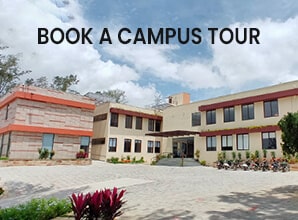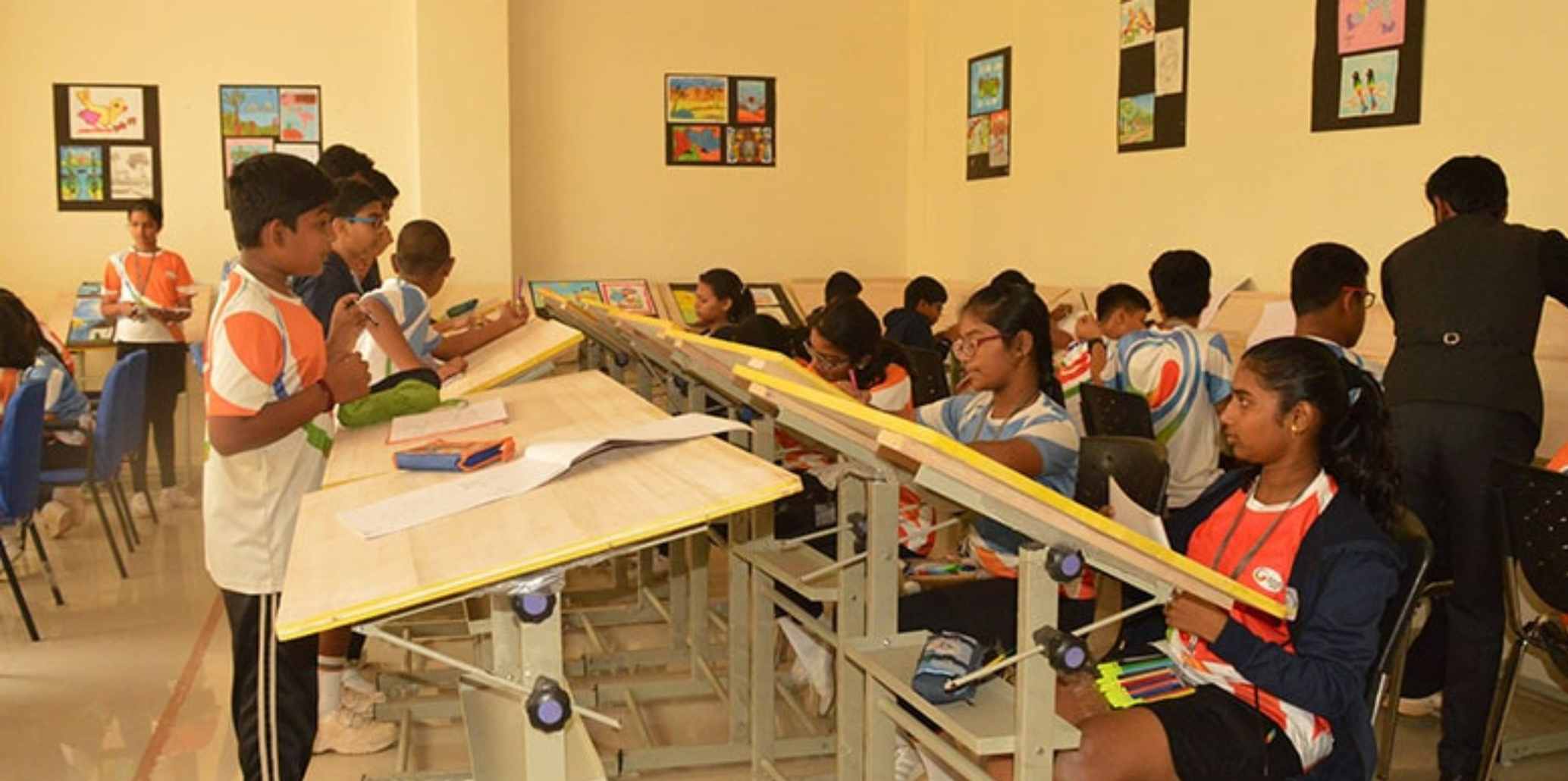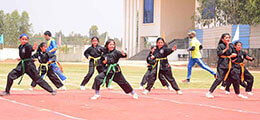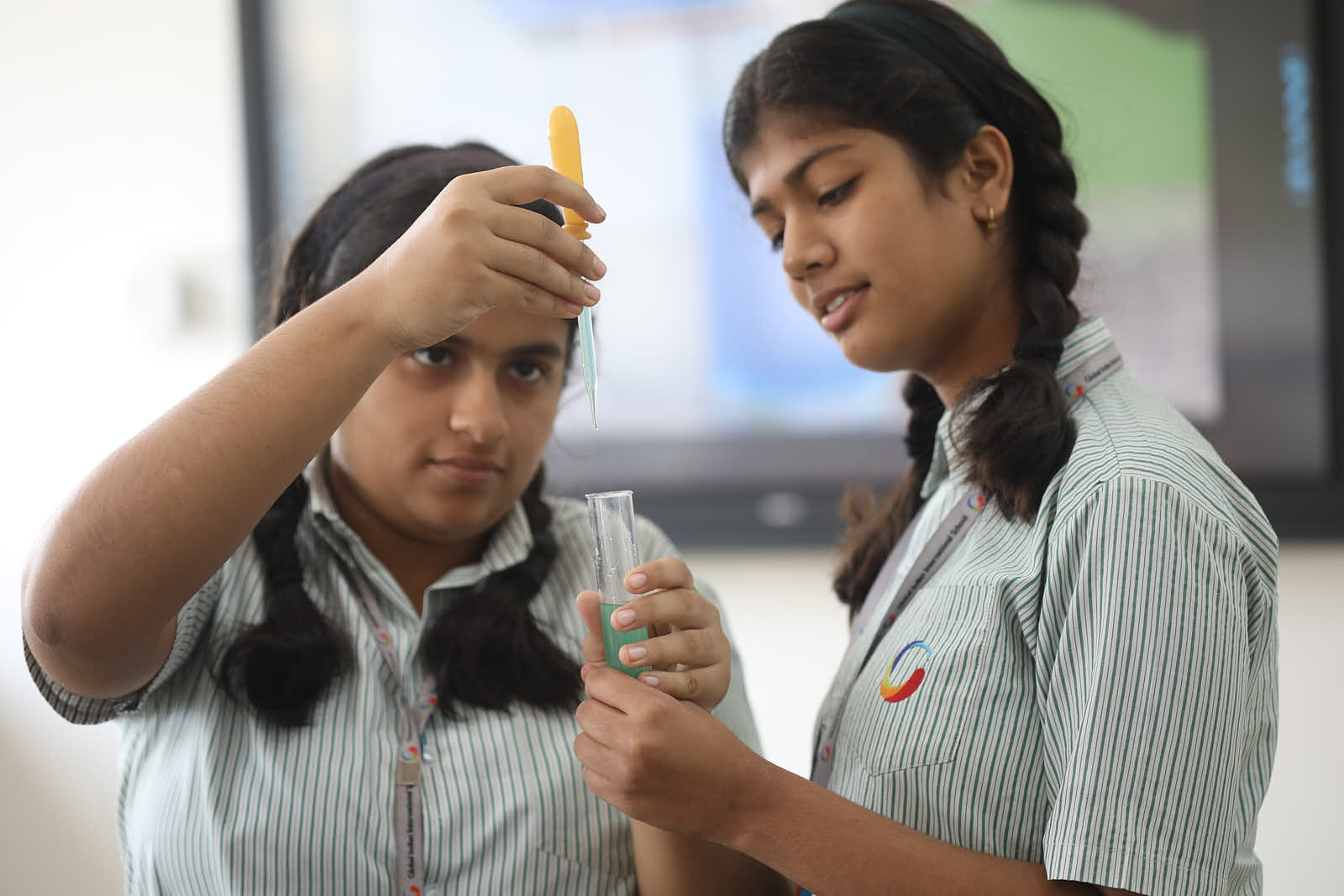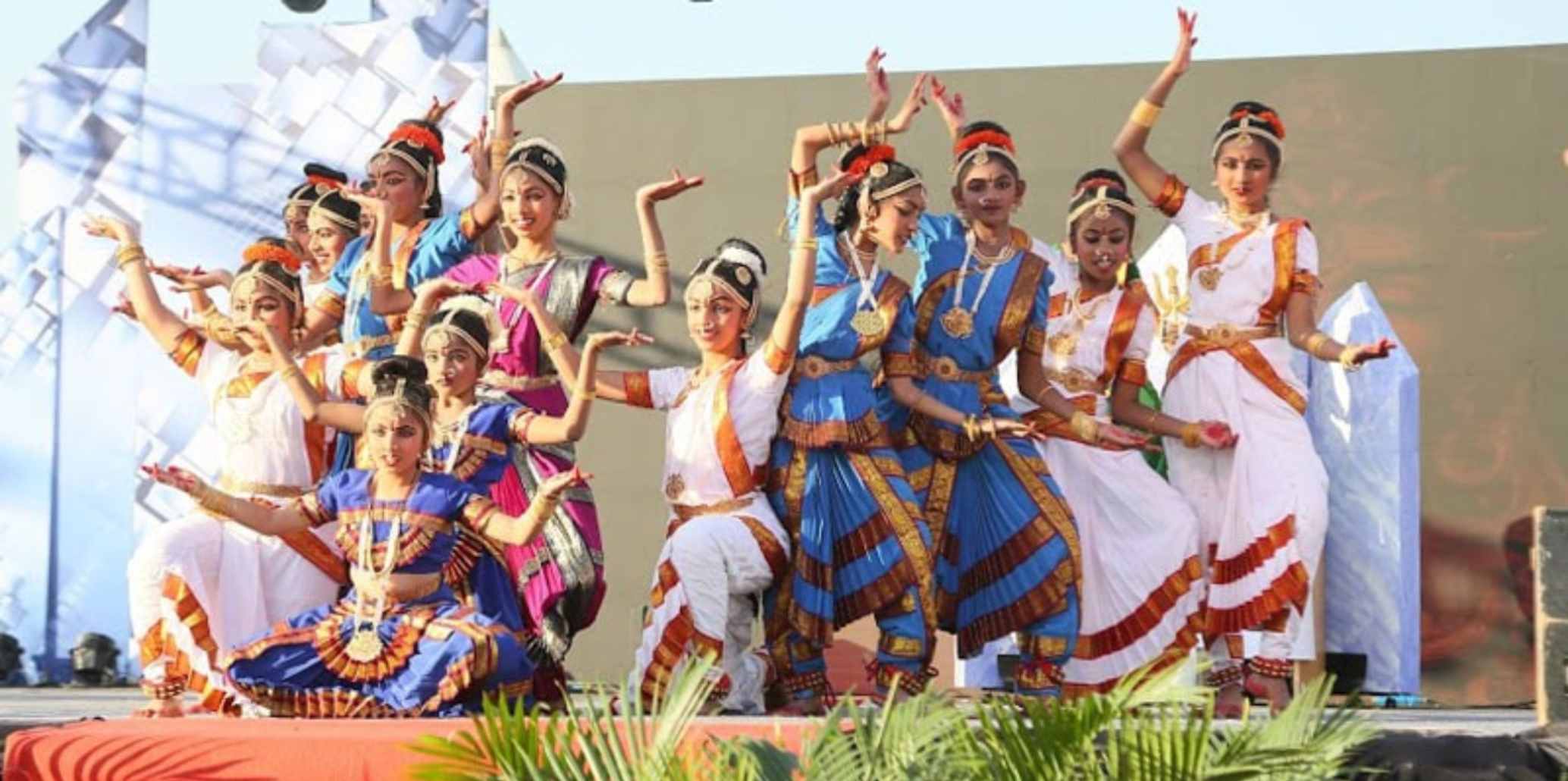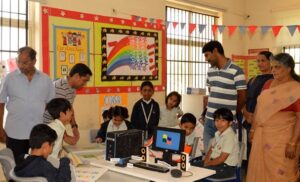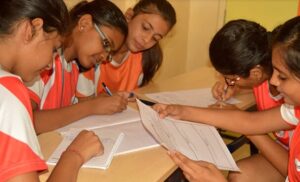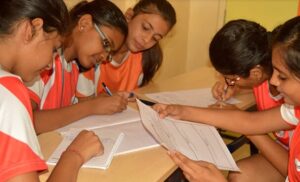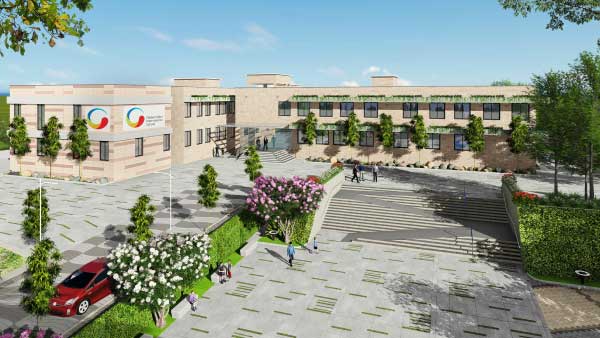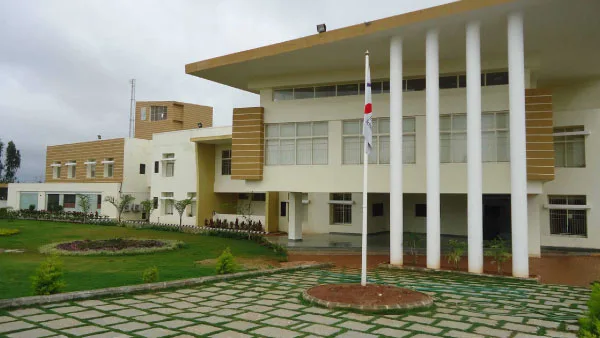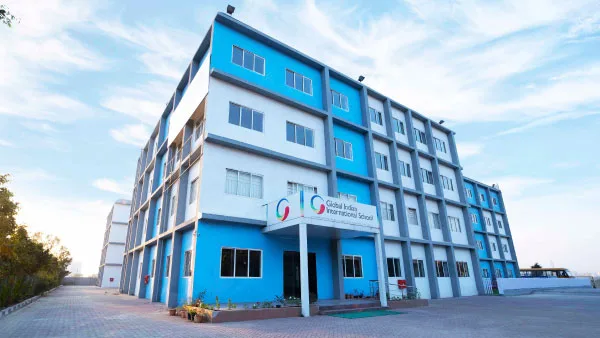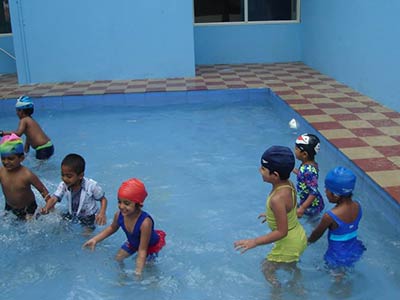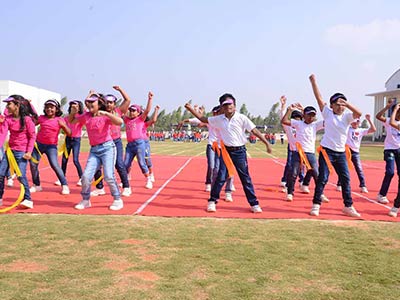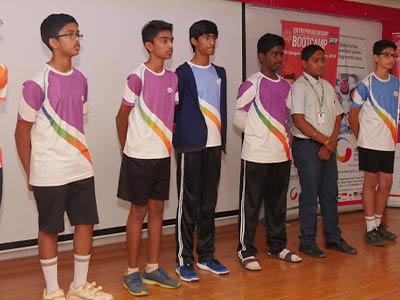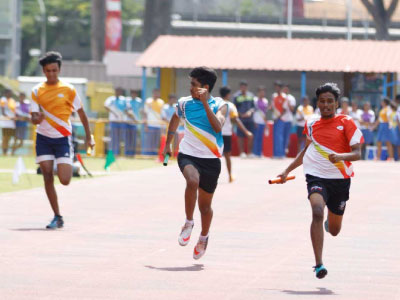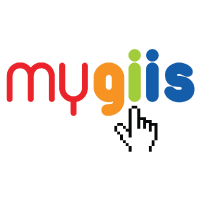Download our FREE Academic Calendar now! 📚 Start your child’s journey to success.
Kids are very playful. To teach them something is way more difficult than it may sound. Further, as kids get distracted very easily, it is always suggested to the teachers of international schools in Bangalore to leverage different ways and approaches for teaching. One such different approach is teaching Abacus to let them learn calculations.
We all know calculations can be tough. Not only kids but sometimes adults also struggle to do basic to advanced calculations. That’s where an abacus for kids can make things easier.
What is Abacus?
Abacus is an ancient way to do mathematical calculations. Derived from the Latin word “abax” which means flat surface, or table, the abacus is an instrument with beads, a base, and a stand. These beads and stones are moved to execute addition, multiplication, subtraction, and other mathematical operations. To put it in simple words, Abacus is used for mathematical operations.
Who Invented Abacus?
Believed to be first used by Babylonians, Abacus has its roots in ancient times around 2400 B.C. But, the invention is granted to Tim Cranmer. It is in use in almost all regions of the world Europe and China, and Russia is a major participant.
What is the Purpose of Using an Abacus?
Abacus was invented way before the numbers came into the picture. And, that’s what makes it a traditional way of calculating. The main purpose of the Abacus is to make basic to advanced calculations easier and doable in less time.
To clear the air, is Abacus useful or not? Once learned, kids can conquer any hurdles in calculations like addition, subtraction, multiplication, etc. Even the CBSE schools in Bangalore for 11th and 12th appreciate the Abacus for kids.
What is the Best Age to Start Abacus?
Though Abacus can be learned at any age, it is recommended to introduce Abacus to kids when they are the age 5 or 6 years old. This is the time when they can easily get comfortable with it and acquire it as a habit for calculations.
To sum up, “What is the age to learn abacus” has no defined answer but it is advised to send your child to learn Abacus as early as they feel interested.
How Do You Explain Abacus to a Child?
Abacus learning can be tricky. As kids can have different understanding levels, the challenge to teach Abacus can be strenuous. But, to begin with, teachers can use demonstration methods. This would aid them to understand the concept and basic operation method of the Abacus.
Teachers can also help kids learn abacus through videos, basic beads, and base games. This way would be fun and engaging to teach.
How to Use Abacus for Kids?
One of the most appropriate methods to use an abacus for kids is to play it with them. Use an abacus while playing with them. Do calculations and other abacus operations with your kid. This would let them learn Abacus in a fun, and easy way.
How Many Days Will it Take to Learn the Abacus?
The use of the Abacus is a lot more than just basic math calculations. It has various levels. Though learning at all levels can take longer than usual, Abacus can be learned in around 2-3 months. But, to further expert it, more practice would be needed.
Importance of Abacus
The benefits of learning the Abacus might be a concern for a lot of people. But, Abacus can help kids subside all or some mathematical doubts. From making calculations easier for them to giving them an upper hand in retaining power, and IQ, Abacus can be of great advantage. We will discuss 11 benefits of Abacus for kids later in this blog!
Does Abacus Improve Memory?
Abacus is a combination of basic math, hand movements, countings, and whatnot! All of this improves brain synapses better. Ultimately resulting in better memory. Kids can exercise Abacus daily to gain memory and strong retention power.
How to Make an Abacus for Your Child at Home?
Making an Abacus for kids at home is not that tough. You can make one easily. All you need is a few big candy sticks, or craft sticks, around 50-60 beads of different colors. Make sure you have 10 of each color at least, glue, and 5-6 trim skewers, or popsicle sticks.
Once you collect all this, you can make your Abacus. Start this by making five equidistant lines of candy sticks, and glue the popsicle sticks on them. Over it, place another candy stick. Paste these in such a way that the sticks get sandwiched between two candy sticks. Keep this structure aside to get dry!
Once dried, place this horizontally. Meanwhile, put the beads of the same color in one thread in a 10 in each row. Close the open ends of these threads with other candy sticks. Repeat this for the following rows as well. You now have your Abacus.
11 Amazing Benefits of Abacus For Kids
The advantages of an abacus are endless. Learned at the right age, this can help in the overall personality, character, and understanding levels of students. Here are some of the benefits of an Abacus for your kids-
1. Making Calculations easy for them
2. Memory Retention
3. Helps in developing motor skills
4. Boosts Self Confidence
5. Get a balanced match of speed and accuracy
6. Enhances creativity skills
7. Fuel to kid’s observation skills
8. Improves concentration
9. Provide them with better imaginative, and visual skills
10. IQ enhancement
12. Command over Mathematics
Apart from these, the benefits such as making students more agile in the competitive world, and helping them build powerful mental abilities are also unrivaled.
Teaching Maths With Abacus
Helping students with mathematics is the basic advantage of the Abacus. Here is how kids can learn basic to advanced concepts of mathematics with an Abacus-
How To Teach Addition With Abacus?
To teach abacus to kids, assign every bead a value. You can start by assigning a value of 1 unit to each bead. And, to add, teach them to move the beads on the strings. For example, if a kid is given a question of 3+5, teach them to move 3 beads, and then 5 beads to one corner. And in the end count, the total beads cornered. This would be the answer.
Once they have practiced well, you can change the value assigned to each bead and can make addition through Abacus more complex.
How To Teach Subtractions With Abacus?
Subtractions follow the same approach as an addition. To benign with, teach them to slide the number of beads of the larger number. For instance, to calculate 8-3, move 8 beads to the left. And then, move 3 to the right, and count the final number of beads on the left, This would be the answer.
How Can You Use an Abacus to Teach Place Value?
This needs a bit of a different approach. To teach them to place value concepts through Abacus, teachers need to assign different values to the beads. Increase the value assigned to beads to one unit in each row. The first layer should then represent 0-9 with a 1 unit value for each bead.
The subsequent layer should represent 0-90, and the bead value should be 10. Lastly, the third row should represent the value of 0-900 with a value of 100 for each bead. This is how you can teach place value concepts to kids via Abacus.
Also Read: How to Learn Maths Easily?
Conclusion
Abacus is a great way to help kids be comfortable with mathematics right from the beginning. And, as it also has a range of other benefits, the benefit of learning the Abacus can never be underestimated. If you also want your kid to learn Abacus at the right time, take help from the best faculty, and give your child the best education.

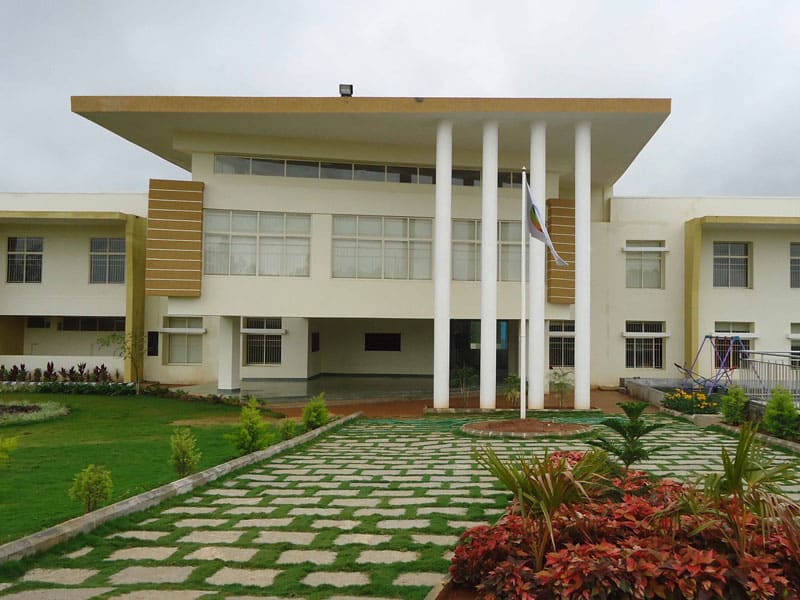
 Bannerghatta Campus
Bannerghatta Campus